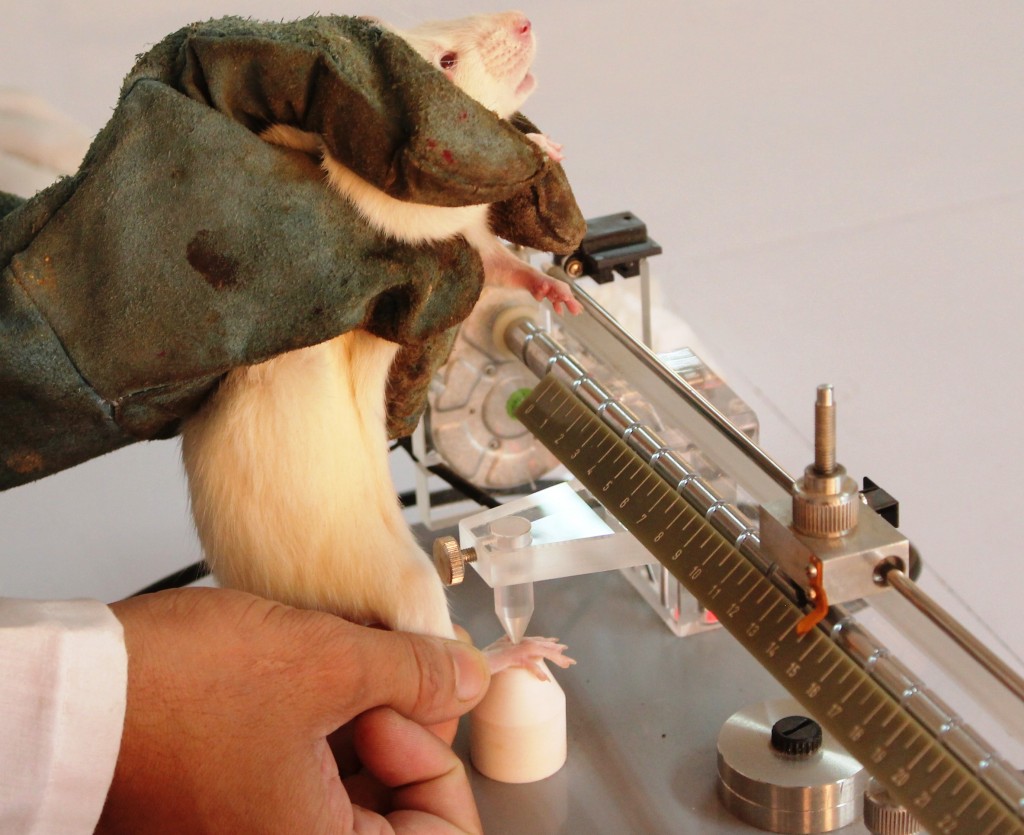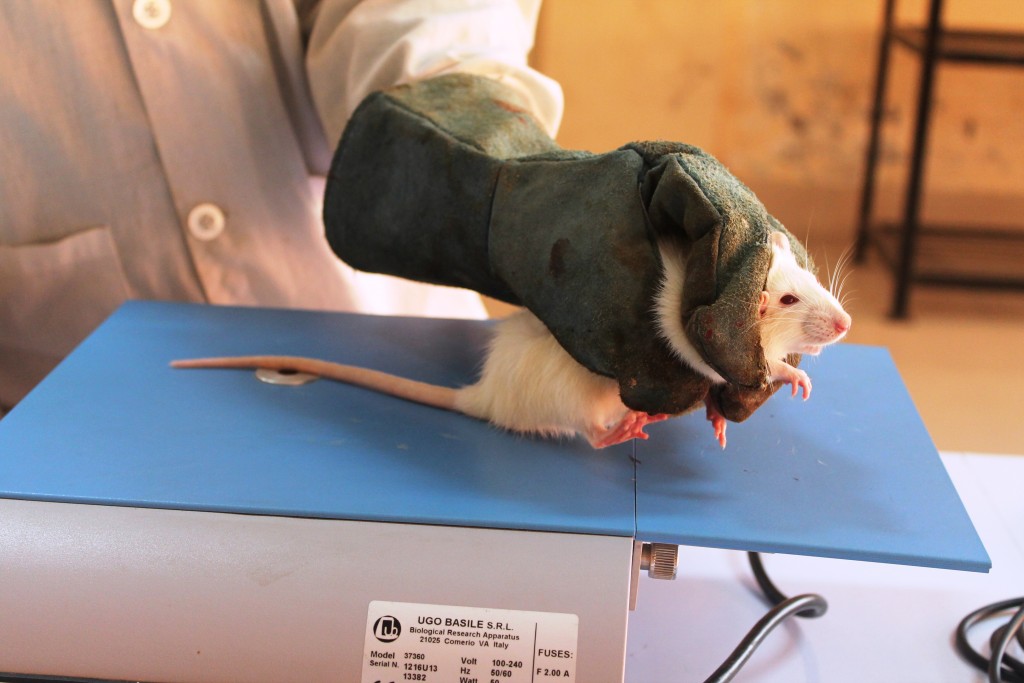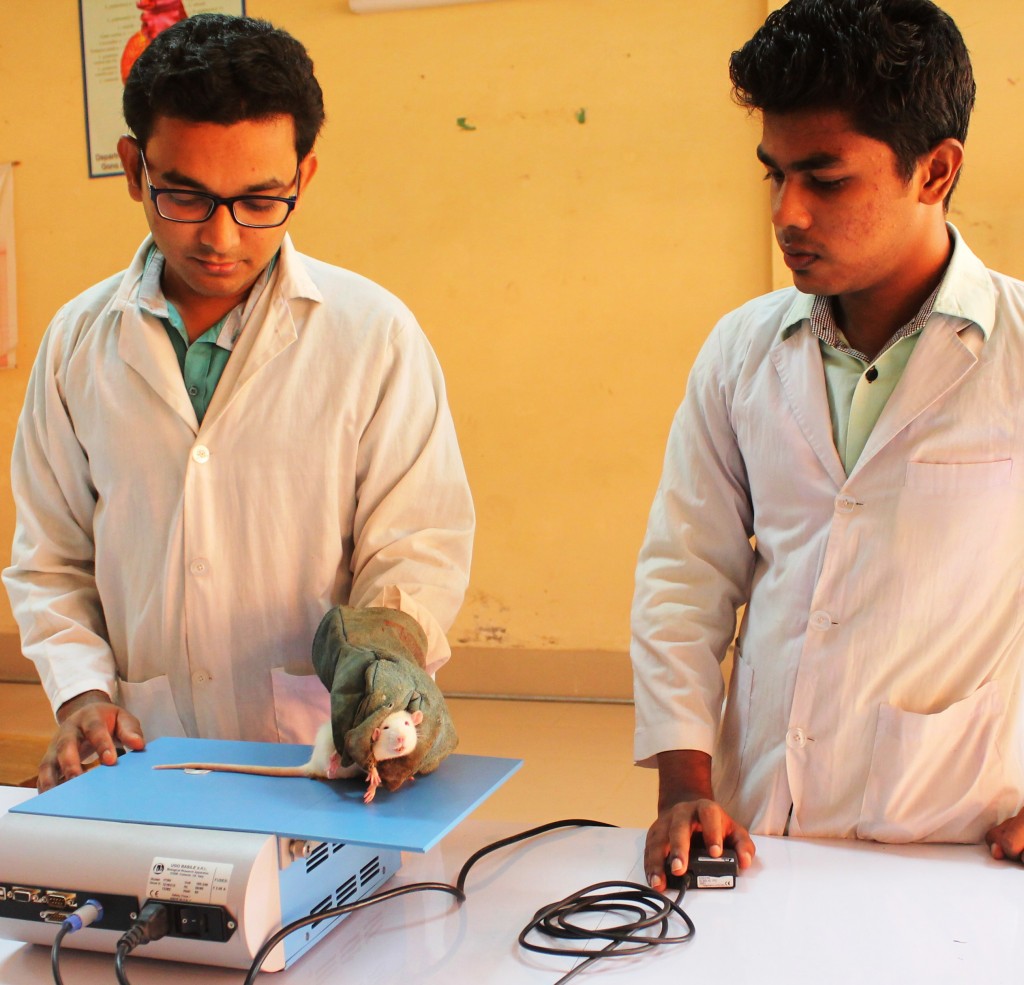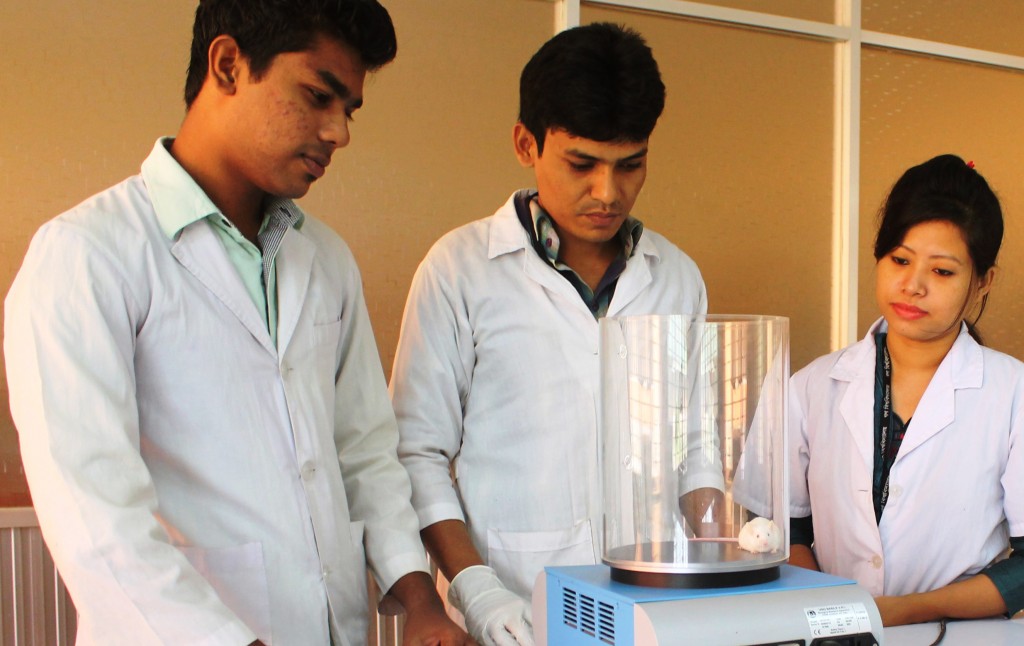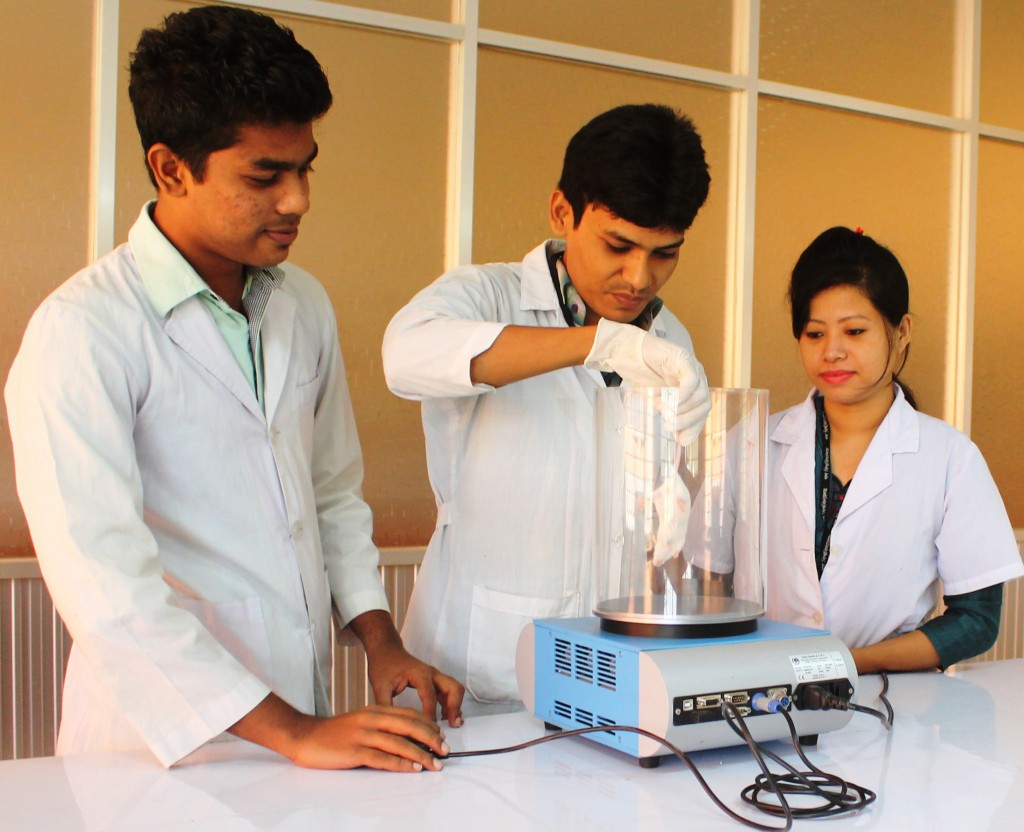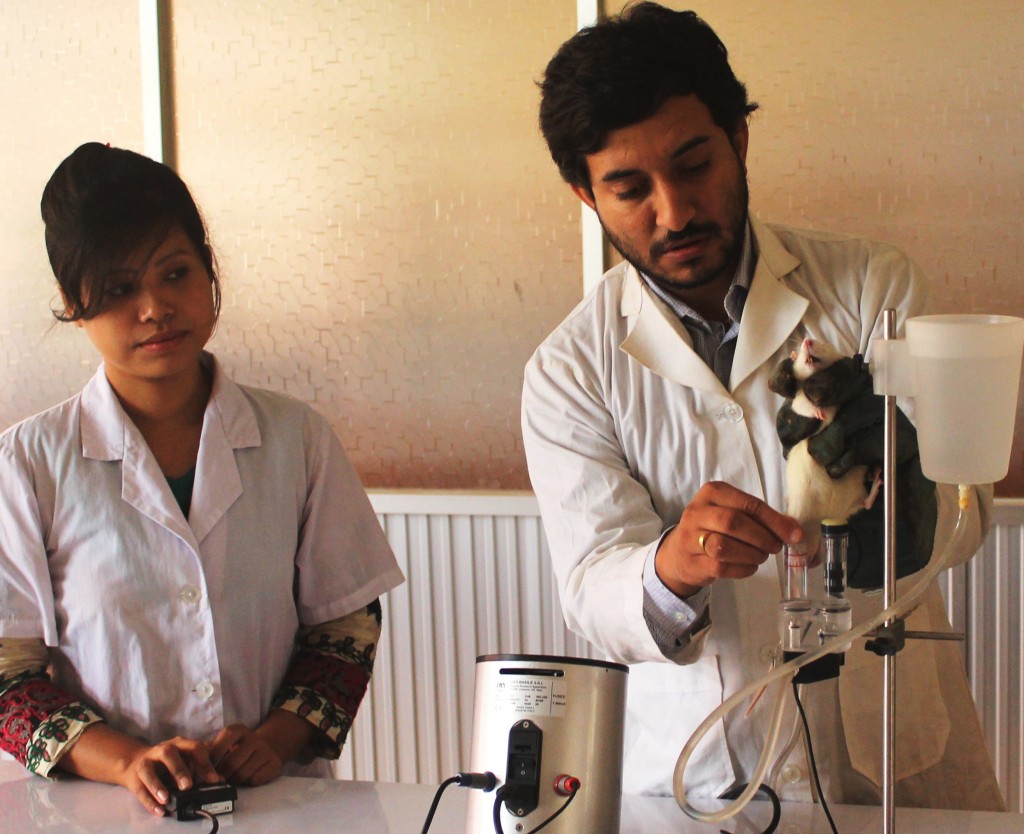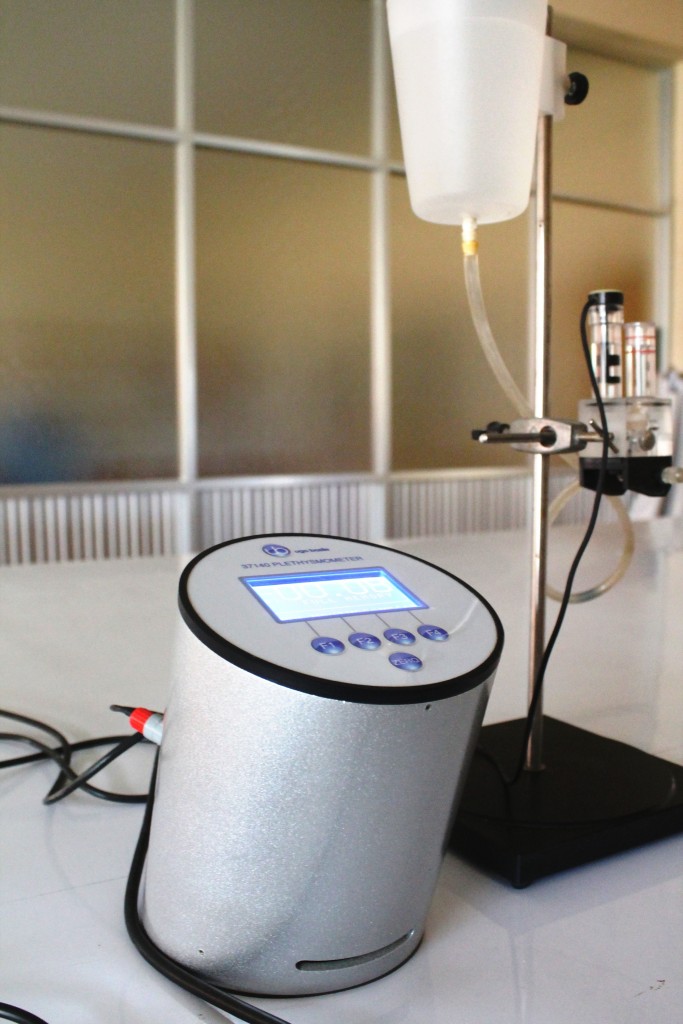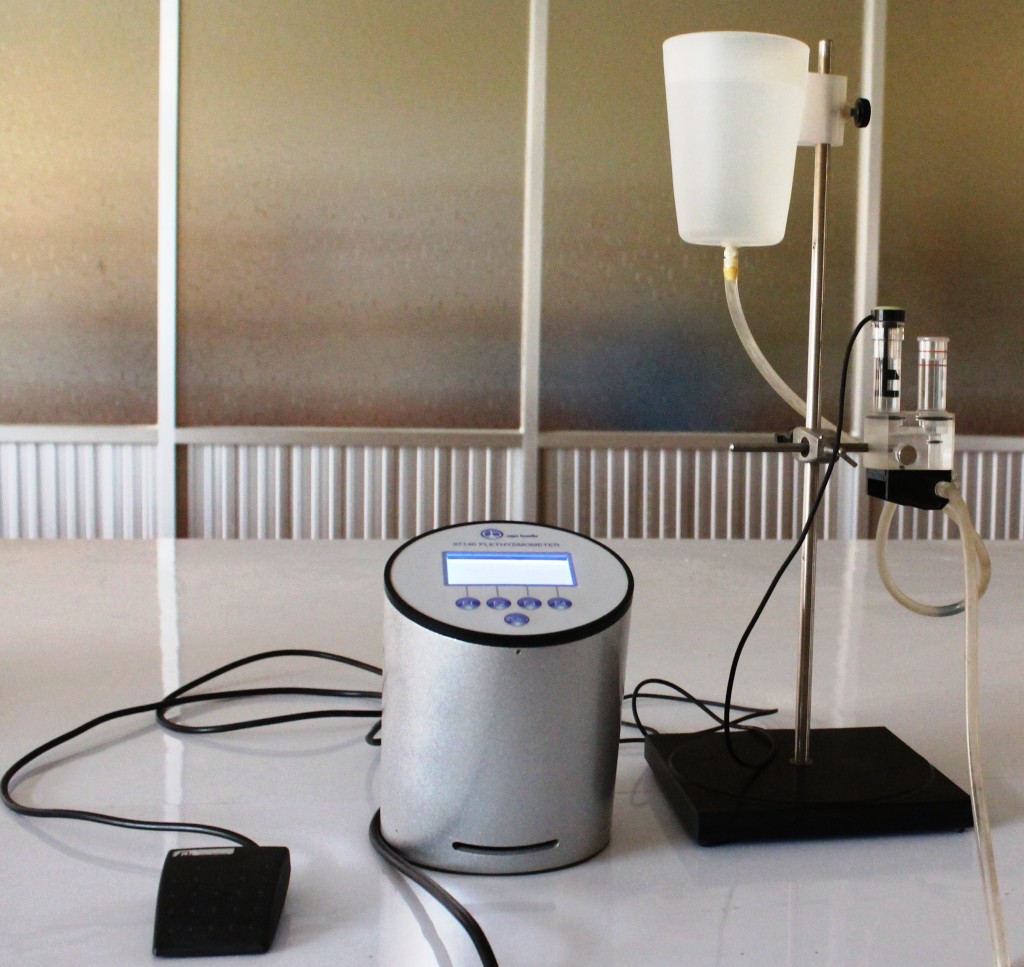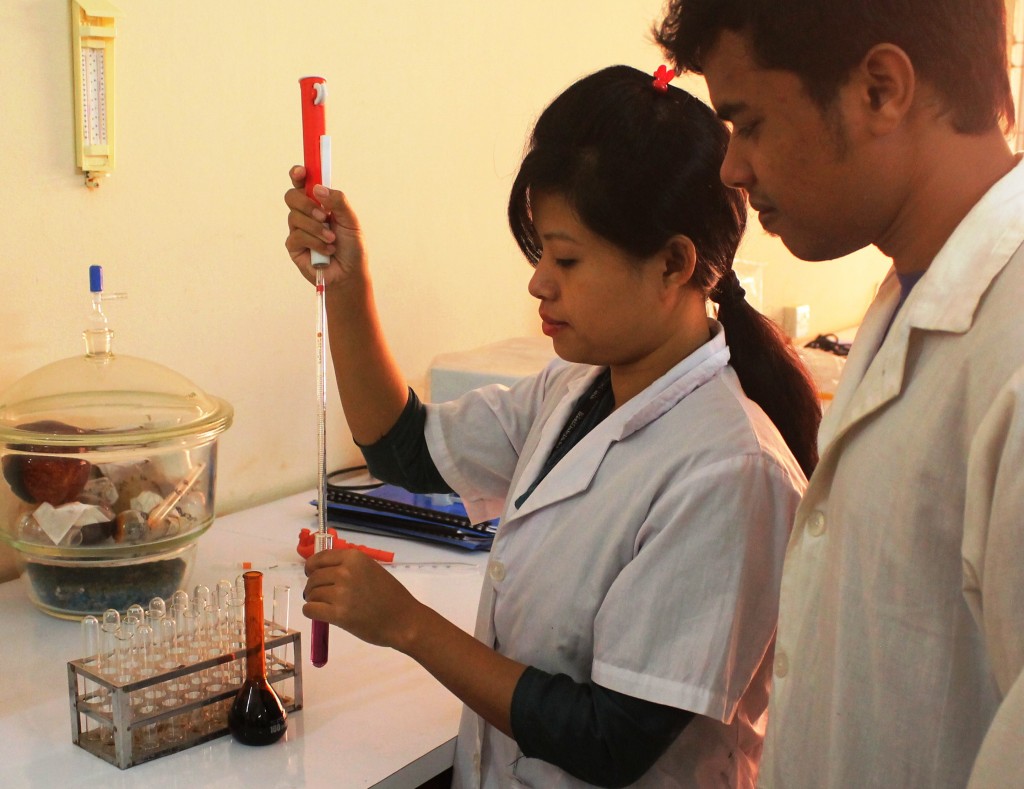Home
In a developing country like Bangladesh, medicinal plants and various herbal preparations play a significant role in the country’s healthcare system due to easy accessibility and low cost. Moreover, there is a belief in efficacy and safety of such therapeutic agents which makes these preferable over modern medical interventions in many people irrespective of their socio-economic conditions. Our laboratory is interested in pharmacological evaluation and phytochemical characterization of numerous indigenous as well as exotic species of medicinal plants based on their traditional claims. We also probe into various polyherbal preparations available in our traditional healthcare system in order to rationalize their use. The research activities carried out in our laboratory are summarized below.
Phytochemical Characterization:
- Solvent extraction of dry plant material
- Preliminary Phytochemical Screening of crude plant extracts by standard methods
- Bioactivity Guided Fractionation and compound isolation by TLC and Column Chromatography
In-vitro Methods:
- Spectrophotometric Determination of Antioxidant Potential (DPPH Scavenging, Total Phenolic Content, Total Flavonoid Content, Reducing Power, Total Antioxidant, Nitric Oxide Scavenging, Lipid Peroxidation Inhibition, CUPRAC)
- Brine Shrimp Cytotoxicity Bioassay
- Anthelmintic Bioassay Using Pheretima posthuma
- α-Amylase Inhibition Assay
- Thrombolytic Activity Assessment by In-vitro Clot Lysis Model
- Membrane Stabilizing Activity Assessment
- Antimicrobial Bioassay using a number of pathogenic bacteria (both gram positive & gram negative) and fungus through Disk Diffusion Method
In-vivo Methods:
- Analgesic Potential Determination by Acetic Acid Writhing Test, Tail Immersion Test, Hot Plate Method and Formalin Induced Paw Lick Test.
- Anti-inflammatory Activity Estimation against acute inflammation (Xyline Induced Ear Edema Test, Carrageenan Induced Paw Edemain the Rat, Carrageenan Induced erythrocyte migration in mice) and against chronic inflammation (Cotton Pellet Granuloma Test)
- Neuropharmacological Effect Evaluation through Open Field for Antidepressant Activity, Rota Rod for Motor Coordination, Swimming Test to Evaluate Behavior Despair, Hole Board Test and Elevated Plus Maze Test to Evaluate Anxiolytic Activity, Hole Cross Method for Motor Activity
- Evaluation of Hepatoprotective activity against hepatic injury induced by isoniazid, Paracetamol, Galactosamine in Rat.
- Anticonvulsant effect assessment against Strychnine, Picrotoxin, Pentylenetetrazole (PTZ) induced convulsion in mice.
- Anti-cancer effect determination against ehrlich ascites carcinoma (EAC) cells in Swiss Webster mice.
- Antipyretic effect evaluation against Brewer’s Yeast-Induced Pyrexia in rat.
Research Facilities
Extraction Facility
- Soxhlet Apparatus
- Rotary Evaporator, Heidolph, Germany
Pharmacological Evaluation Facility
- Hot/Cold Plate (35100), Ugo Basile, Italy
- Tail Flick (37360), Ugo Basile, Italy
- Analgesy-Meter (37215), Ugo Basile, Italy
- Plethysmometer (37140), Ugo Basile, Italy
Phytochemical Investigation Facility
- UV Spectrophotometer (UV-1800), Shimadzu, Japan
- High Performance Liquid Chromatography (HPLC), Shimadzu, Japan
- Flame Photometer (M-PFP7), Jenway, UK
- Polarimeter (WRS-2), Human Lab Instrument Co., Korea
- Electronic Balance (AUY 120), Shimadzu, Japan
- Microscope (N-180M), LABO Microsystem GmbH, Germany
- Microprocessor Melting Point Apparatus (WRS-2), Human Lab Instrument Co., Korea
- Centrifuge Machine (TDL-40B), Clarkson Laboratories & Supply Inc., USA
- Electric Thermostatic Heated Dry Box
- Microprocessor pH Meter (pH 211), Hanna Instrument, Romania
- Sonicator (Power Sonic- 505), Hwashin Tech., Korea

